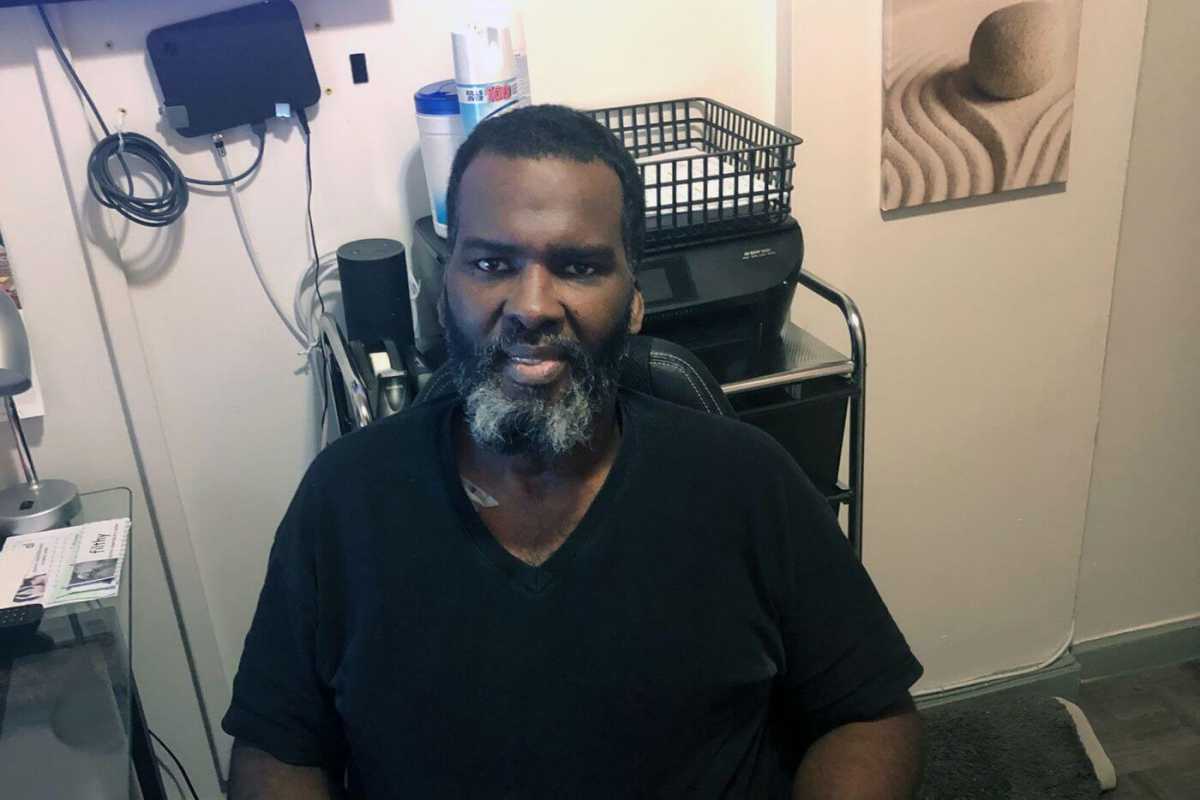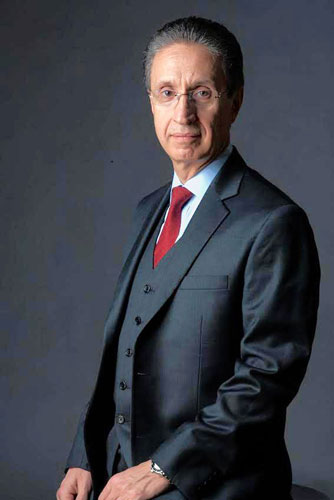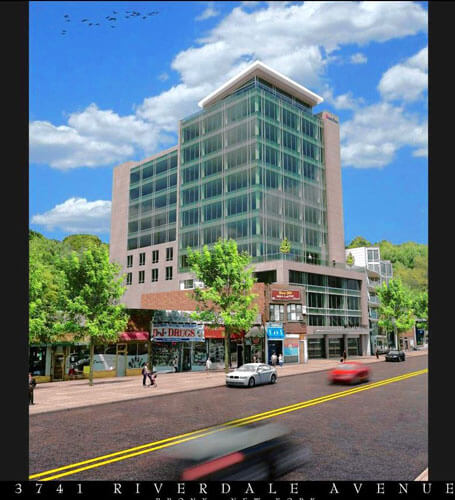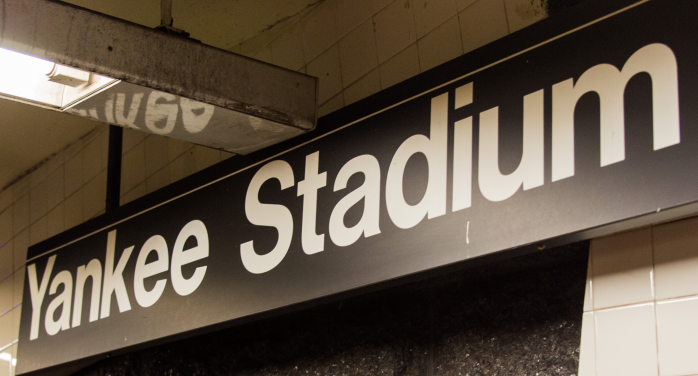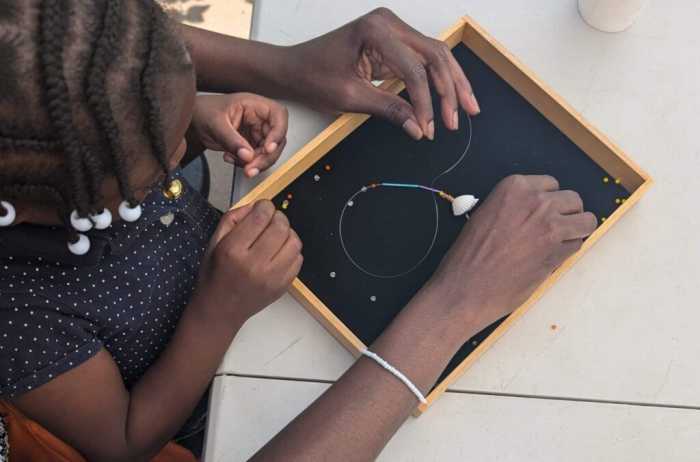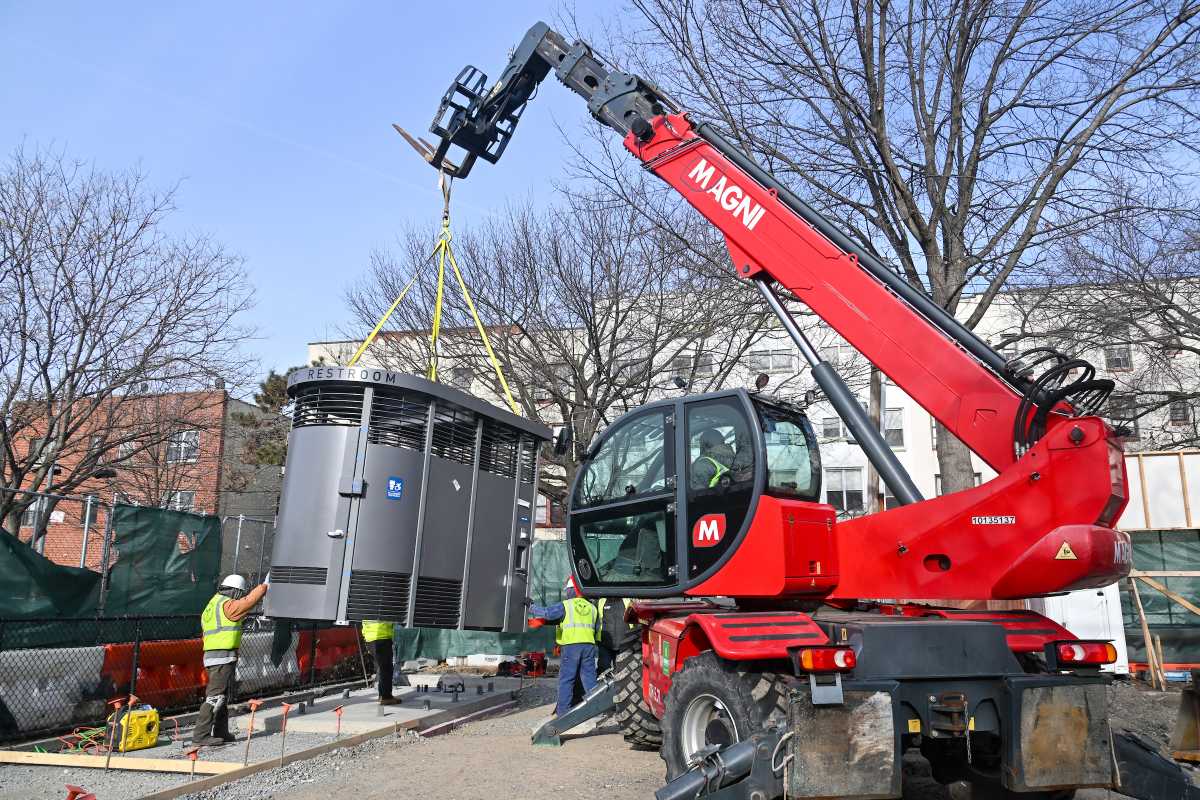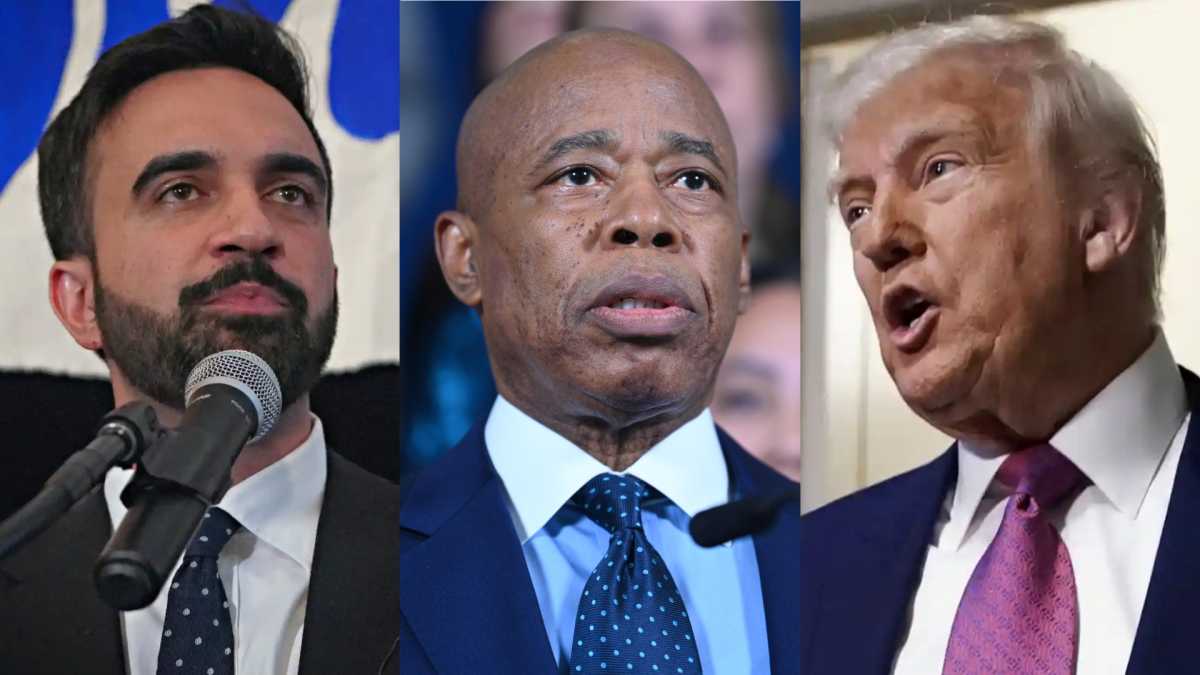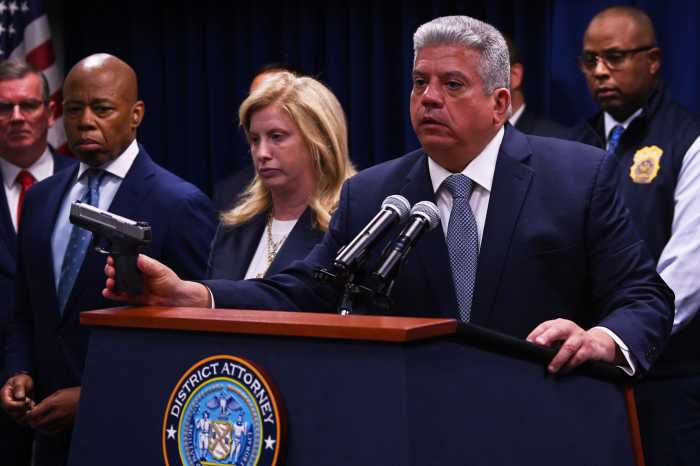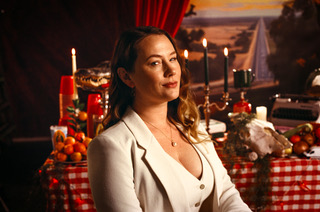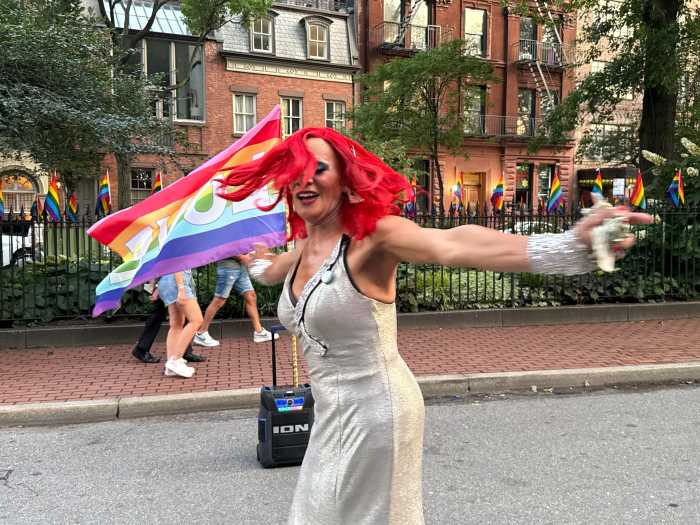By
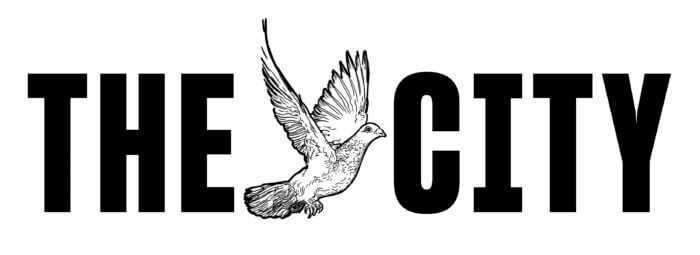
Bradley Hunt got sick just as New York began to shut down.
He first felt ill on March 9, when the city had only 20 confirmed coronavirus cases. Doctors told him it was probably the flu, and gave him antibiotics.
After a couple of days’ rest, Hunt felt better and went back to work cutting hair on March 12 — the same day the mayor signed an emergency declaration. But he “overdid it,” the longtime Bronx barber told THE CITY, and went home early.
“It was like an instant thing. I cut a person, and after I cut that first person, I started feeling really nauseous,” he said. “I shouldn’t have went.”
After that, his wife, Erika, said he couldn’t eat or leave bed.
That weekend, Bradley Hunt was hospitalized at the public North Central Bronx Hospital, just before the city made the call to close all public schools. As the city’s bars, restaurants, clubs and theaters shut their doors, he was intubated — and his world went dark.
“The last memory I had was the doctor telling me I had the COVID-19,” he said by phone from his Norwood home, his voice still raw from the breathing tube. “And that’s it.”
For the next 10 days, Hunt was unconscious, hooked up to a ventilator that kept him alive. During that time, he had a birthday, turning 52 on March 19.
One of his doctors — Dr. Joaquin Morante, with whom Erika spoke every day — sang him “Happy Birthday,” because his wife and the couple’s three children, ages 11, 16 and 18, couldn’t.
“Health care staff know that we have to be more than just prescribers and givers of treatment,” Morante said in an email.
“Talking to Erika daily, it was evident that they were close, and that it was extremely important to her that Bradley know that his family, although not physically able to support him, was sending him emotional support,” he said.
“I was devastated,” Erika Hunt said. “You can’t go visit. You can’t be there to support at all.”
‘There Were Five of Us’
Most COVID-19 patients who go on ventilators do not survive the ordeal. Gov. Andrew Cuomo has said the devices save about one in five people on them. And in New York City, Bronx residents were significantly more likely to die than people in other boroughs, an analysis by THE CITY in early April found.
Luckily for the Hunt family, Bradley beat the odds on both counts and came home.
His sister, however, did not.
After he lost consciousness, his older sister, Christie Richards, 62, fell ill, too. She was a secretary in the pediatric emergency room at Montefiore Hospital, the family said.

“We believe she caught it while she was at work,” Erika said. Christie and Bradley had not been in contact “for weeks” before they fell ill, she added.
Richards was hospitalized at Montefiore just as her brother came off the ventilator at North Central. A few days later, she was ventilated, as well, but “it was too late,” Erika said.
“As soon as she was intubated, she didn’t make it past two or three hours,” she said.
From his hospital bed, Bradley Hunt was able to speak to his older sister just once by phone before her condition took a turn for the worse.
She died on Sunday, April 5.
He was discharged from the hospital three days later.
“There were five of us,” he said of his siblings, all of whom live close to each other in The Bronx.
No Prognosis
Thousands of people have died of the virus in New York. Because the virus tends to affect social clusters and families, those who survive often have to begin the long road to recovery while grieving.
Morante said part of the difficulty of the job for him and his colleagues at North Central is dealing with staggering personal loss while forging ahead with their work.
“Many health care professionals have lost family members and friends while at the same time continuing to do our job,” he said. “When I look at my coworkers I see people who continue to care for others under extremely difficult conditions. This gives us all hope.”
Those who live through hospitalization give the staff even more to be thankful for.
“Each patient who is liberated from the ventilator provides a tremendous morale boost and encourages us to believe that, with time, we will understand this virus better,” said Morante.
Hunt has been home from the hospital for nearly two weeks. He said the first day back was “beautiful.” But he is very much acclimating himself to a new way of living.
Before COVID-19, Hunt had only high blood pressure to worry about, which he managed with medication. Now, he’s using a walker — and has to travel to Yonkers for dialysis three times a week.
He is not alone. Many COVID-19 patients develop major problems with kidney function and the uptick in patients with kidney issues has contributed to a dialysis shortage in the New York area.
In the family’s walk-up building, getting to his appointments is tough.
“My son has to help him up and down the stairs,” Erika said. But, he is starting to stand and walk a bit by himself, she said.
When he will be back to “normal” is an open question, she said. His doctors said it may take three and six weeks before he can walk without any help. But for the rest, including his kidney function, there’s “no prognosis.”
“There’s no end point right now,” she said. “There’s just monitoring.”
This story was originally published by THE CITY, an independent, nonprofit news organization dedicated to hard-hitting reporting that serves the people of New York.

